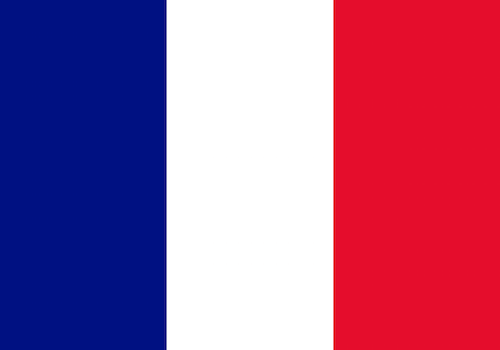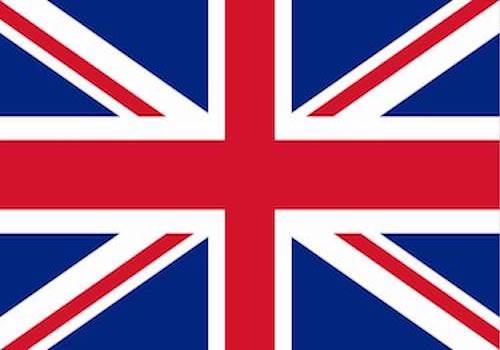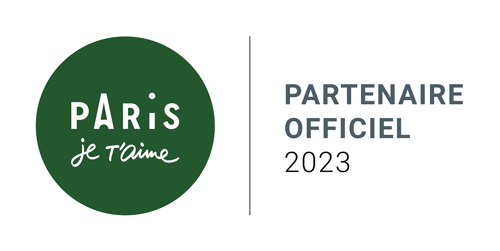Beekeeping Museum – Radovljica (Slovenia)
06.04.15 - Guillaume - 716lavie
Radovljica
http://www.muzeji-radovljica.si/
There’s a bee museum in Radovljica because La Carnica is a unique type of grey bee, the second most widespread in the world, and it comes from here.
Entrance: 2 euros for kids, 3 euros for adults, 7 euros for families.
This bee commerce was developed in the 18th century, during the Austro-Hungarian Empire. They were sold throughout the entire world, they could withstand long sea journeys.
What made it successful:
– It’s a good worker, she produces a lot of nectar
– She holds on to a lot of honey
The queen bee lays 2000 eggs per day, she can have up to 80 000 “children”. She lives for 7 years, while the worker bees live a maximum of 4 weeks, all that because the queen bee ( “the mom” like they call it here) profits from a royal jelly diet.
Between 1991 and the arrival of the euro, their coins had a bee symbol on them, a symbol that saves and produces a lot.
The bee issue today is the same for the bees here, there are 140 honey producers here, and they only produce 500 kilos of honey per year.
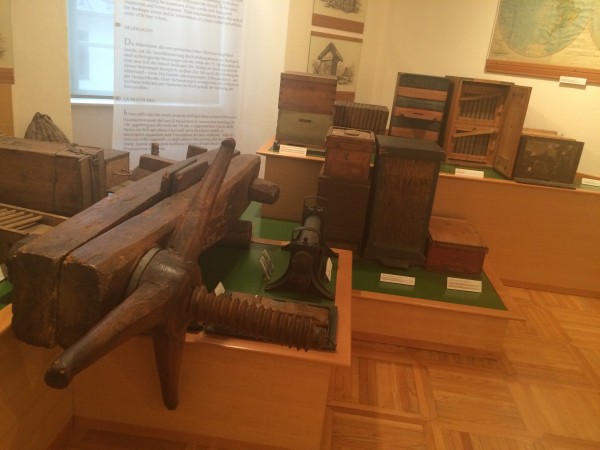
One of the objects that struck me were the facades painted on little beehives , so that the bees could recognize them; a whole art came out of it. A French photographer, and bee specialist photographed them actually.
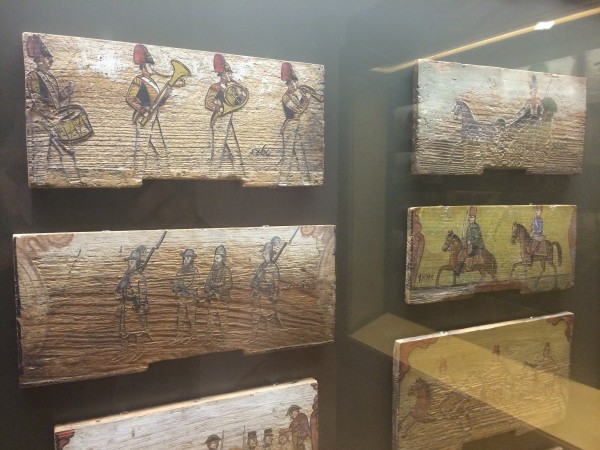
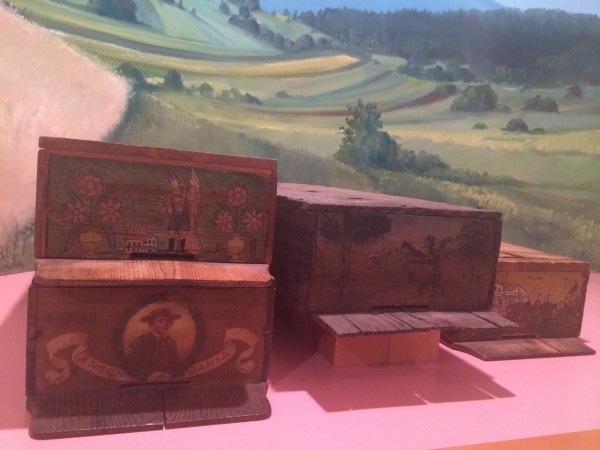
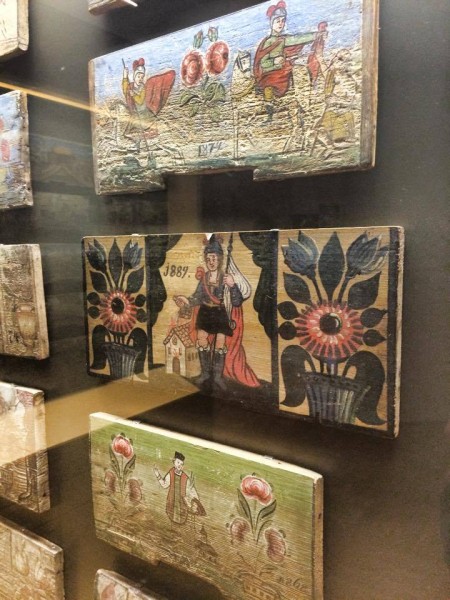
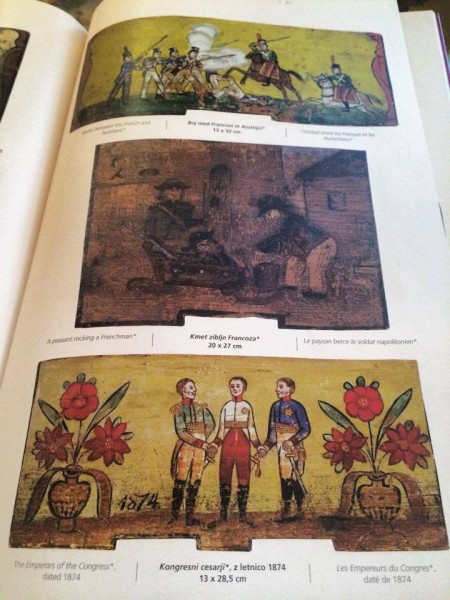

Si cet article vous a plu, n’hésitez pas à laisser un commentaire et à vous abonner pour recevoir par e-mail les prochaines trouvailles de 716lavie. Vous pouvez également suivre 716lavie sur Facebook et Instagram .
Vous aimez 716lavie ? Vous pouvez m’encourager et me soutenir financièrement sur Tipeee :
